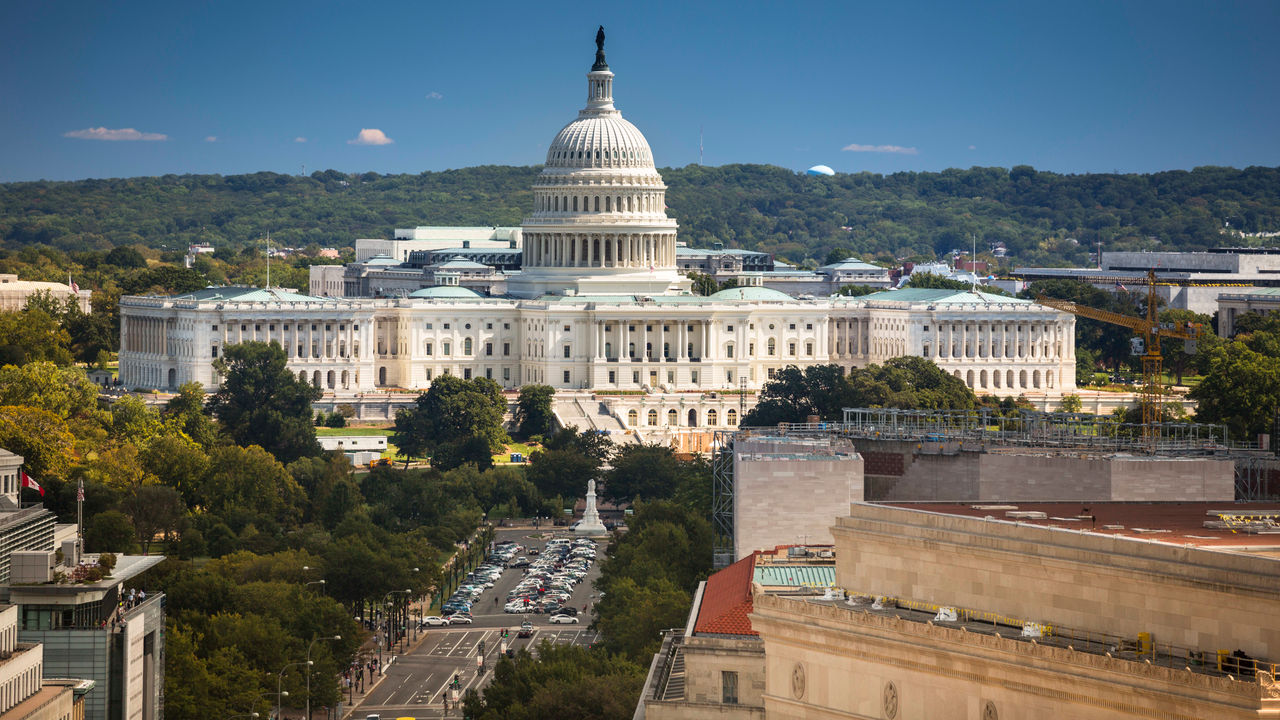President Donald Trump signed into law the third and largest coronavirus relief package, which is meant to help struggling businesses and displaced workers during the pandemic. The U.S. Senate approved the $2 trillion response bill on March 25 and the House of Representatives followed suit on March 27.
The Coronavirus Aid, Relief and Economic Security (CARES) Act aims to boost the economy with provisions that impact:
- Unemployment insurance.
- Business loans.
- Employer-sponsored health insurance.
- Retirement savings.
- Employer-provided education assistance.
The legislation includes two proposals that that the Society for Human Resource Management (SHRM) has championed, including modernizing health savings account (HSA) rules to include telehealth, among other benefits, and expanding employer-provided education assistance to include student loan repayment as a benefit.
"SHRM has long-advocated for modernizing the rules governing HSAs to allow for employers to offer benefits that meet the needs of employees and their families," said Chatrane Birbal, SHRM's director of policy engagement. In particular, at this moment in time, altering the rules to include telehealth during the COVID-19 crisis will help to ease the burden on in-person facilities and help limit the spread of the virus by allowing people to receive care remotely without exposing themselves unnecessarily.
"SHRM is also pleased to see employer student loan repayment as a benefit included in the package," Birbal said. This will provide some relief to employees that are currently repaying student loan debt." [Read the SHRM Government Affairs Team's analysis of the CARES Act to learn more about workplace-related provisions.]
The act will also create a temporary pandemic unemployment assistance program through Dec. 31 to aid workers who are not usually entitled to unemployment benefits, such as independent contractors and the self-employed.
Additionally, the legislation will enhance unemployment benefits by expanding eligibility and offering recipients an additional $600 a week through July 2020.
Businesses with fewer than 500 employees may be eligible for emergency grants and loans—which may qualify for forgiveness—to help make payroll and cover other employer expenses. The legislation will also provide for $500 billion in loans for airlines and large corporations.
We've rounded up articles and resources from SHRM Online and other trusted media outlets on the news.
Payroll-Protection Loans
The act establishes new loans to help employers continue to cover payroll costs and other expenses during the coronavirus crisis. The loans will be administered by the Small Business Administration and cover expenses from Feb. 15 through June 30. The loans may be used for payroll costs, healthcare, rent, utilities and other debts incurred by the business. The definition of "payroll costs" excludes leave payments made under the new Families First Coronavirus Response Act (FFCRA). Reimbursement for those leave payments will be provide through tax credits.
Direct Payments
The CARE Act also gives relief to individuals. The federal government will directly pay $1,200 to most U.S. adults who earn less than $75,000 and $500 to most children. Married couples earning less than $150,000 would receive $2,400 combined. People who earn more may receive smaller checks, but individuals earning more than $99,000 and couples earning more than $198,000 are not eligible for the direct payments.
(NPR)
Paid-Leave Mandate
On March 18, Trump signed into law the FFCRA (H.R. 6201), which will provide paid emergency family leave in limited circumstances, as well as paid sick leave for people affected by COVID-19, the respiratory disease caused by the coronavirus. In general, the emergency paid-leave provisions in the legislation apply to businesses with fewer than 500 employees, but there may be some exceptions available for small businesses and companies that employ health care workers. These provisions take effect April 1 and expire on Dec. 31. The U.S. Department of Labor announced a nonenforcement period for employers that make good-faith compliance efforts. The department will focus on compliance assistance during that time and enforcement measures will begin April 18.
First Relief Bill
Another emergency spending package to fight COVID-19 was signed into law on March 6. The measure provides funds to develop a vaccine, provide protective and laboratory equipment to workers who need it, and aid locations hit with the virus.
Furloughs, Layoffs and Pay Cuts
Businesses that are seeing significant revenue losses due to the coronavirus pandemic are weighing some stark options: furloughs, reductions in hours and pay cuts, or layoffs. Furloughs often are the best option for those that can afford them. But for some, layoffs will be unavoidable. Here's what to consider before deciding which changes make the most sense.
Visit SHRM's resource page on coronavirus and COVID-19.




